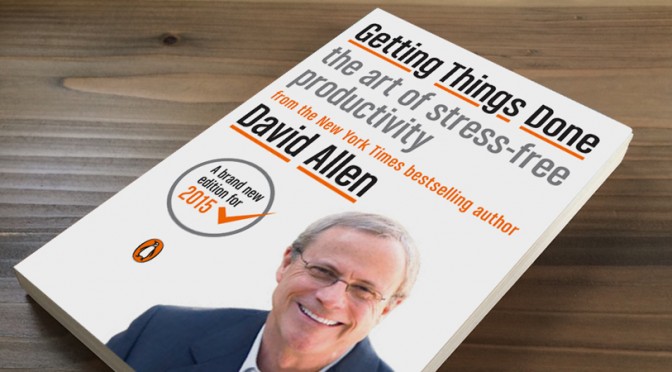
Despite its prevalence, multitasking has been shown to hurt worker performance while also hurting their mental health.
You’re in a webinar but have it minimized on your computer while also working on other tasks that need attention. You’re pausing to check social media during a team meeting. You’re responding to emails while a colleague asks you for help with a client they are working with.
We have all found ourselves in situations like these and likely considered them to be harmless or even successful examples of multitasking.
The reality may be more like this: You missed a critical piece of information in the webinar that led to a project that needed to be redone. Your employees in the team meeting noticed you disengage and left feeling disconnected. The client you were asked to help with received a diminished level of service since you weren’t actively engaged in the conversation.
Multitasking is an all-too-common practice in today’s world of constant information and stimuli bombardment. As we are asked to do more with our time, it can be difficult to focus on one thing at a time. Unfortunately, multitasking is not as efficient or effective as we would like to think. In fact, it hinders our ability to be present and effective in what we do.
Downsides of Multitasking
How Multitasking Can Affect Health Care Workers and Patients
With health care and behavioral health becoming ever more fast-paced and with a growing shortage of workers, it is tempting for health care employees at all levels to multitask. However, beyond the negative effects outlined above, research has shown that multitasking can lead to worse outcomes not just for workers, but for patients as well.
Studies have been able to observe that patients of health care workers who multitasked experience negative outcomes such as missed diagnoses and higher rates of needing additional care5. Another study found that health workers who multitasked experienced higher levels of exhaustion in their jobs while also finding that their patients experienced lower satisfaction6.
These studies suggest that multitasking is hurting organizations on both fronts, negatively impacting both providers of care and recipients of care. Society is recognizing the need for behavioral health treatment, even while the behavioral health workforce experiences shortages. In such a situation the temptation to multitask grows, as we cling to the hope that it will help us accomplish more with less. If not combatted, however, this mirage stands to worsen the problem, creating worse outcomes for patients and worse conditions for workers.
Tips to Stop Multitasking
Multitasking is a pervasive but harmful habit. It may seem like we are getting more done by trying to do multiple things at once, but we are actually less productive and more stressed when employing this practice. While eliminating multitasking won’t solve every workplace problem, finding small but effective ways such as this can help us be at our best both personally and professionally.

In Getting Things Done, David Allen has woven together a thoughtful, relevant, and action-oriented plan to meet maximum productivity while eliminating unnecessary stress and toil. Allen’s 2001 personal improvement book brings decades of proven leadership consultation experience to the pages and its concepts stay relevant 14 years after publication, almost appearing timeless.
Allen begins by acknowledging that the demands of our day-to-day life has exceeded our brain’s capacity to manage them effectively, and while our brains are more stimulated than ever before, we also have more tools at our disposal to help manage these demands. Allen posits that instead of using our brain to constantly triage the decisions of our life, we use simple systems to allow our mind to be free of unnecessary worry and angst. In this place, he argues, our mind is best suited to make decisions that align with our values.
Through the implementation of basic systems of workflow, Allen explains that mastering workflow prevents a person from being at the mercy of their circumstances. He states that dealing with the work involves five steps:
1) collecting things that command our attention;
2) processing what they mean and what to do about them;
3) organizing the results;
4) reviewing them for options for what we choose; and
5) doing.
These steps rely heavily on writing things down that are on our mind so we can organize them instead of letting them fester unnecessarily.
For each piece of work, he asks whether the work or idea involves an action step, if it does, he recommends doing it immediately (if it takes less than 2 minutes to complete), scheduling a time on a calendar to do it, delegating it, or deferring it to a time as soon as possible, if it is not actionable, it either goes into a “someday/maybe” folder, or gets thrown away.
The beauty of Allen’s work is in its simplicity. The systems he recommends that people employ are not dependent on technology – people could have implemented these into their lives at almost any time in history (and the successful people probably did). The physical requirements of these systems simply involve a bin for items that need to be decided on and a file folder for ideas to be saved for later.
Making these behaviors a habit is probably the most difficult part of Allen’s recommendations. For those that have relied on their brain to contain all important thoughts and actions in their life, it can be difficult to relinquish some of those tasks to a system. Allen also informs readers that clarifying one’s values is a critical part of this change process, and it doesn’t necessarily make life easier. Once you have clarified what is important to you in your life, it may actually make decisions more challenging because they will be made with more purpose, conviction, and thoughtfulness. However, his system certainly promotes a more mindful way of living. In this world of increased complexity and opportunities for distraction, I imagine we could all use a little more of that.